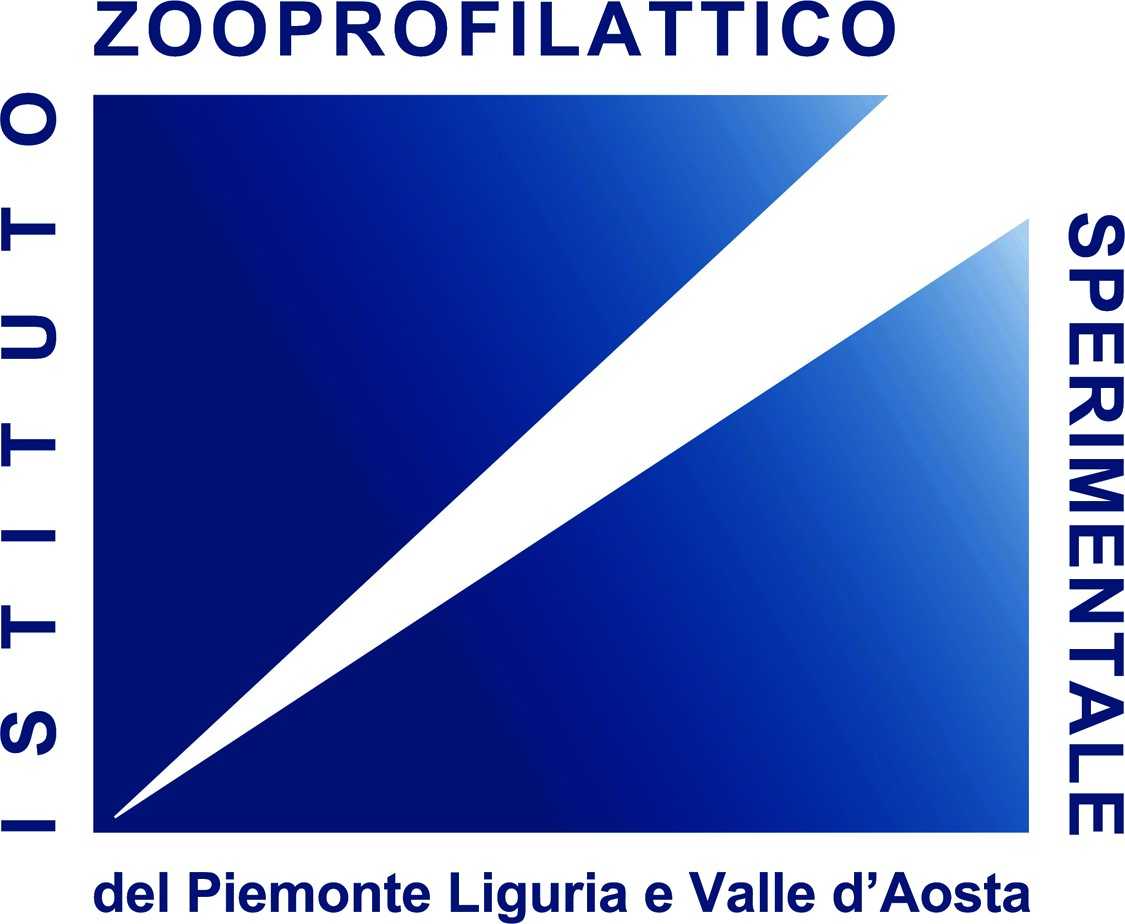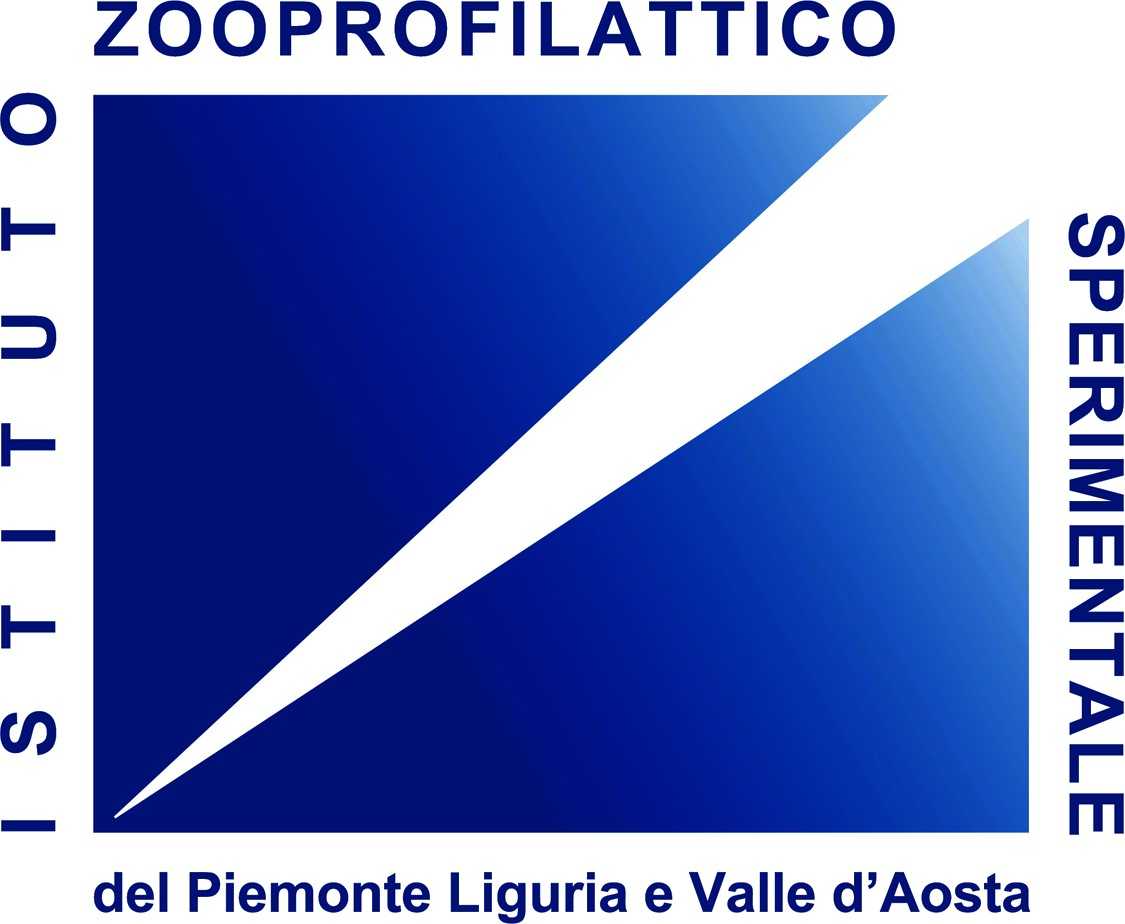Lactococcus garvieae is a facultatively anaerobic, non-motile, non-spore forming, Gram-positive, ovoid cocci bacteria. It is a major fish pathogen and the etiological agent of lactococcosis, a hemorrhagic septicemia with special prevalence and economic relevance in farming trout industry. This bacterium has also been isolated from a wide range of wild fish species, from both fresh and marine water. Lactococosis is currently one of the most important fish diseases in different European countries such as Italy, France, Spain or Greece, as well as in other continents, including Asia, Australia, and America. Therefore, L. garvieae can be considered a worldwide distributed pathogen. Typical outward symptoms of lactococcois consists in anorexia, melanosis, lethargy, orientation, and erratic swimming. Typical external signs of affected fish are exophthalmos (unilateral or bilateral), the presence of hemorrhages in the periorbital and intraocular area at the base of fins, in the perianal region, and in the buccal region as well as swollen abdomens and anal prolapses. Transmission of the disease occurs by horizontal mechanisms, mainly through that the movement of infected fish or asymptomatic carriers, as well as by contaminated water, fish injuries, and by the fecal–oral route. The evolution of the disease depends on environmental conditions, such as water temperature and water microbiological quality. Epidemiological data indicates that lactococcosis outbreaks usually occur during summer when water temperatures rise to about 18 °C. Antibiotics have been used as an effective method for controlling infections caused by L. garvieae. However, although some of these substances have shown in vitro activity against this pathogen, they are normally ineffective under in field conditions probably due to the rapid anorexia occurring in animals and the emergence of resistant strains. Therefore, the vaccination of susceptible populations is the best measure to prevent and control fish lactococcosis. However, commercially available inactivated vaccines are not fully effective, nor do they protect fish for extended periods, and lactococcosis outbreaks sometimes occur in vaccinated fish. Additionally, implementation of sanitary measures such as controlling the sanitary condition of the water and sediment, and regularly disinfection all production units are important procedures for preventing the introduction of L. garvieae in fish farms. Despite its major relevance as a fish pathogen, L. garvieae has also been isolated from clinical specimens in cows and water buffalos with subclinical mastitis and pigs with pneumonia as well as from several clinical cases in humans, suggesting that L. garvieae should be considered an emerging opportunistic and potentially zoonotic pathogen.





